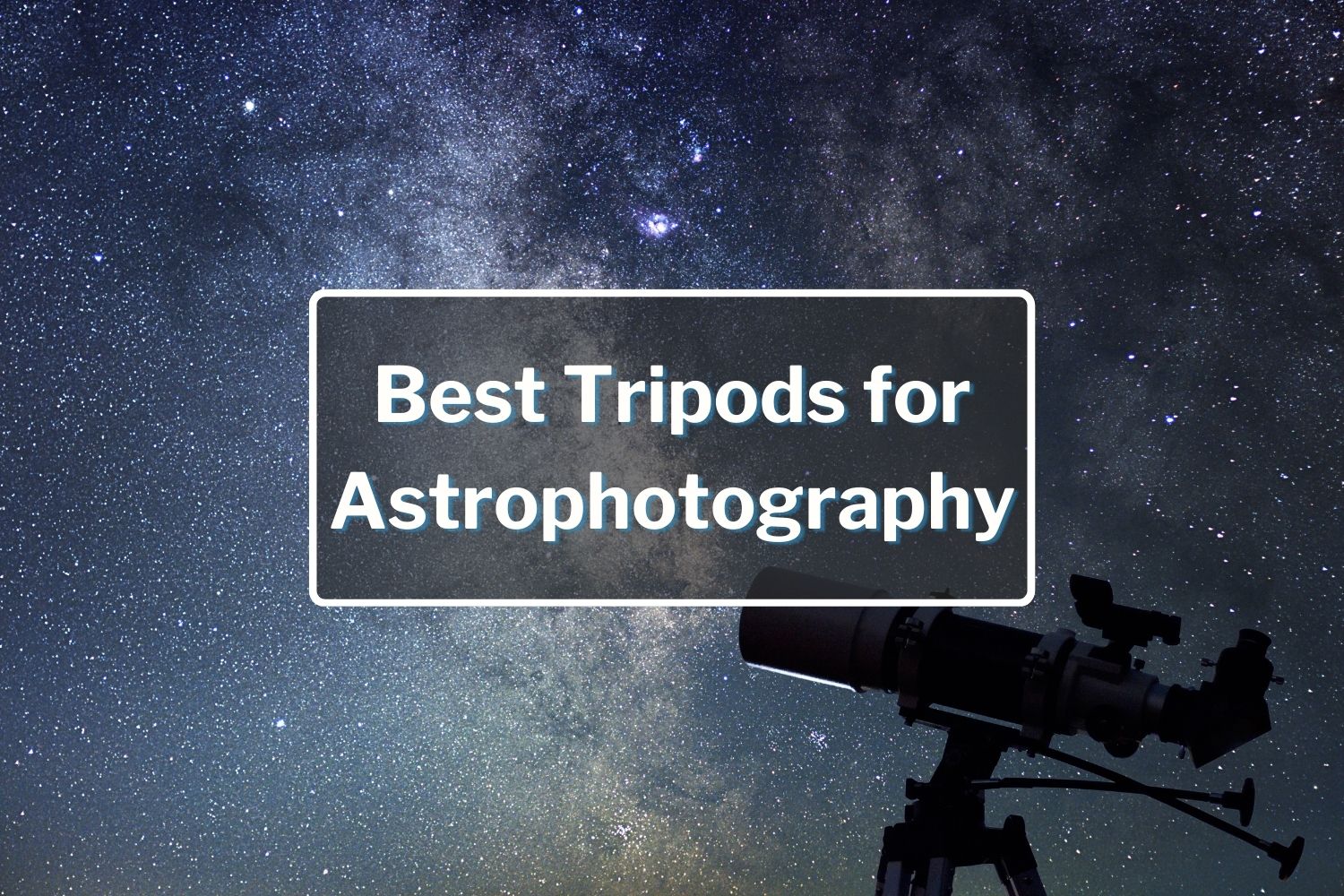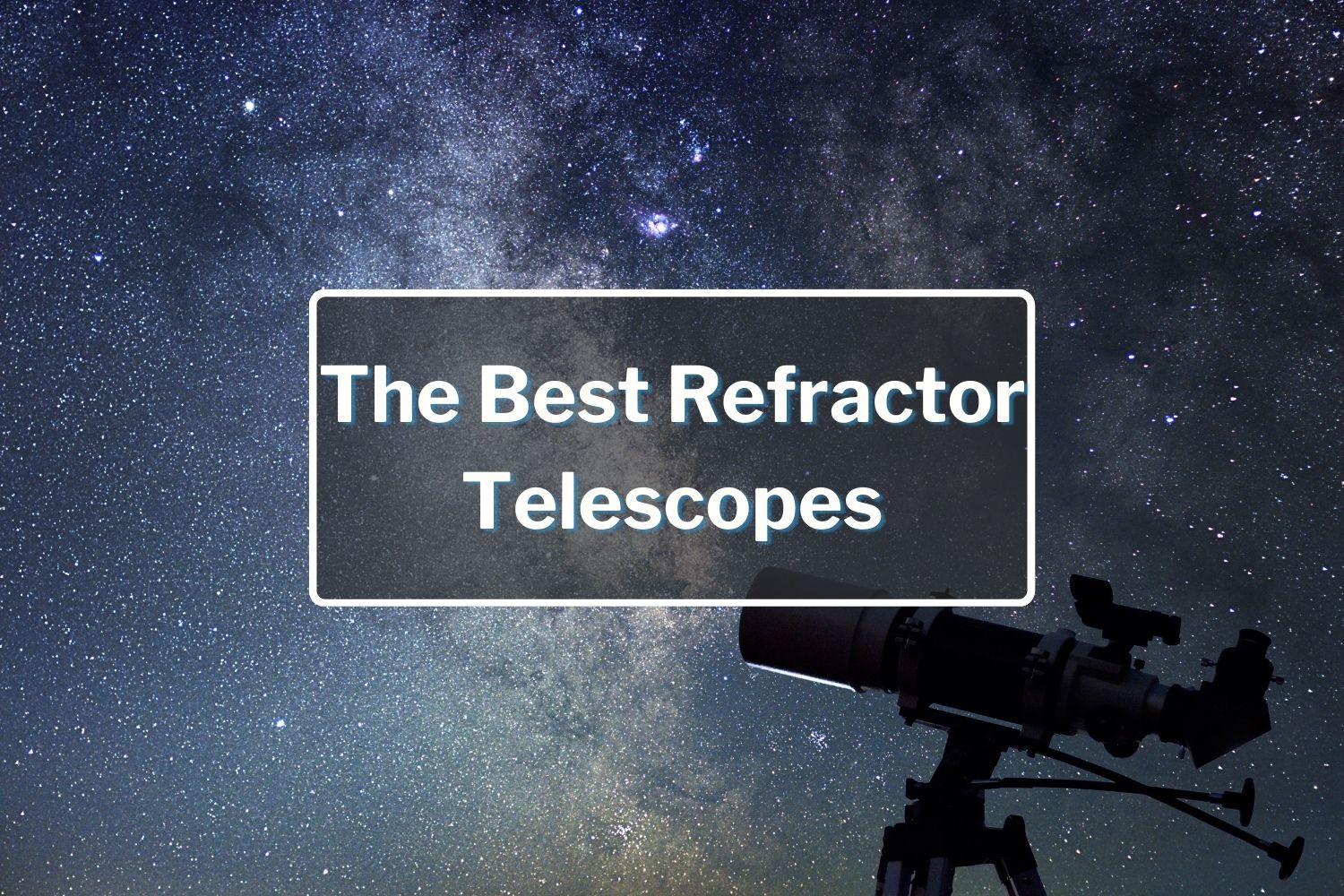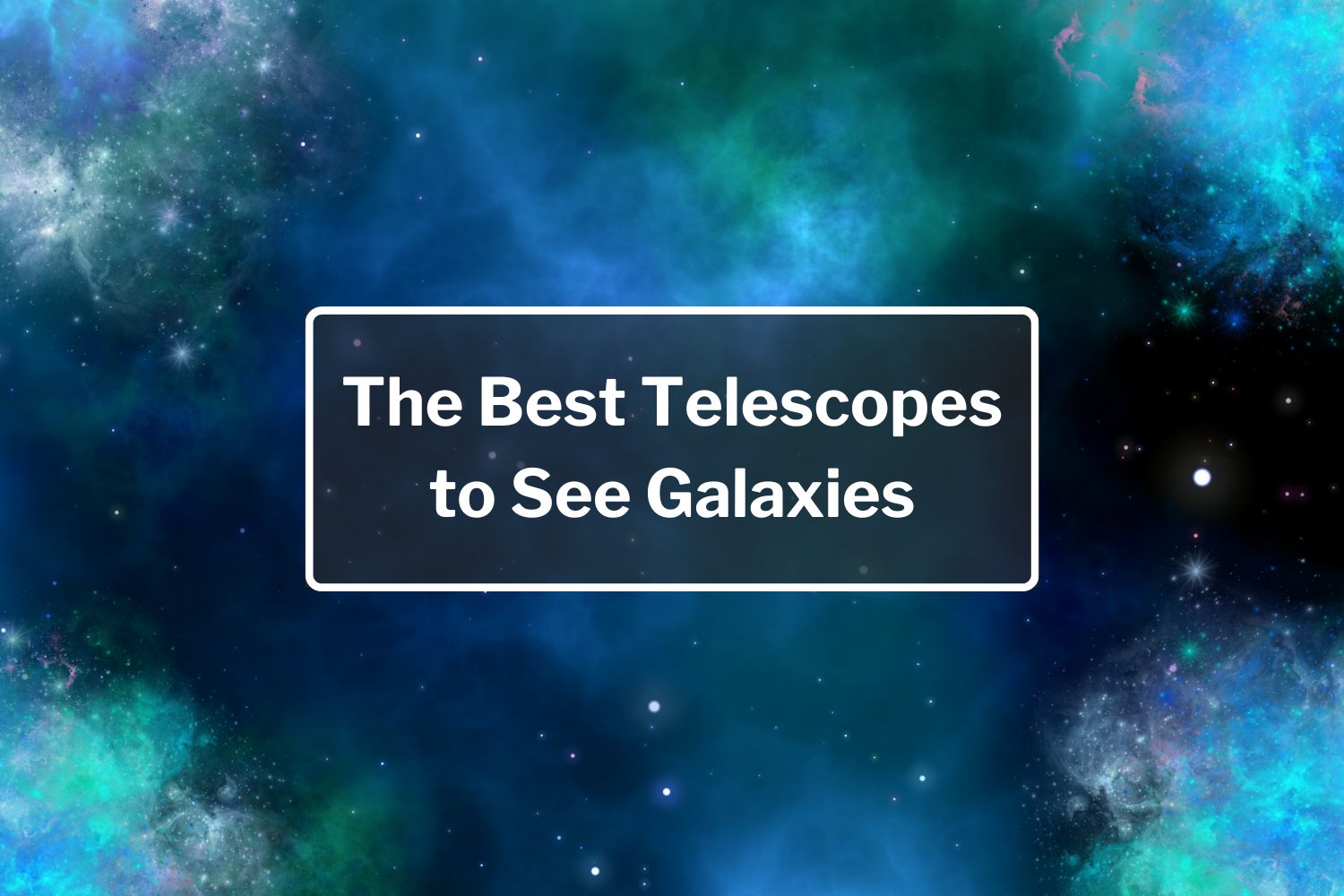Best Monoculars for Stargazing
Telescopes and binoculars are typical instruments for astronomers, but monoculars — those compact magnifiers small enough to fit in your pocket — can also be a handy addition to your stargazing toolkit. Though standard monoculars are meant for getting a quick closeup view of distant objects, devices with higher magnification, larger lens diameter, or night vision capabilities can also provide sharp views of the moon, planets, and other night sky objects.
What’s a Monocular?
A monocular is designed for viewing distant objects with just one eye. Monoculars share characteristics of binoculars, spotting scopes, and telescopes, but these handheld instruments are typically smaller, lighter, and considerably less expensive than other viewing devices. Because they can be tucked into a pocket or a backpack, they’re often used for casual, quick observing during activities like hiking or birdwatching.
Monoculars work like small refracting telescopes by delivering light through a pair of lenses in a compact optical tube. But they can also contain an optical prism between the two lenses, which delivers an erect image for a more natural viewing experience. Because they’re used only with one eye, monoculars produce two-dimensional images, unlike binoculars, which provide two sets of information to the brain’s visual system. Binocular viewing allows for stereopsis — the perception of depth and the ability to see things in three dimensions.
Because of that limitation, monoculars are usually used in situations where three-dimensional perception isn’t needed. Monoculars can also be useful for people with vision issues that cause significant differences between eyes, such as astigmatism, or those who have visual impairments like cataracts or strabismus. Conditions like these can make it more difficult to use binoculars, and a monocular can also be used as a simple magnifier for things like enlarging lines of text.
Unlike binoculars and telescopes, monoculars come in a variety of forms for uses ranging from wildlife spotting to military applications, with specialized options including night and thermal vision. Most inexpensive monoculars have limited magnification up to around 8x. However, specialized, higher-quality instruments can have considerably higher magnification abilities, along with larger lenses and other features for delivering sharp images under a variety of conditions, including viewing and photographing the night sky.
Using Monoculars for Astronomy
Since monoculars are essentially very small, compact telescopes, a monocular that’s designed for astronomy can provide outstanding night sky views and images. These monoculars typically have far higher magnification capabilities than the standard versions and considerably wider lenses capable of capturing more light. Many can also be attached to tripods like telescopes and binoculars.
Monoculars can also be used for astrophotography, thanks to attachments that allow users to capture live-streamed images on smartphones. Night vision monoculars are also the instrument of choice in the growing field of night vision astronomy (NVA), which repurposes monoculars and other night vision devices, often of military-grade, for enhanced night sky viewing.
Night vision monoculars can be attached to telescopes or used alone to see a different view of the sky than telescopes alone can deliver. Alone or with a telescope, they help to reduce the impact of light pollution, making good viewing possible even in cities. They’re more compact and portable than just about any telescope, too, making observation easy wherever you happen to be.
Choosing the Best Monocular for Stargazing
Finding the best monocular for stargazing depends on your goals and circumstances, but here are a few things to keep in mind as you shop for an astronomy monocular.
- The lower magnification of most consumer monoculars makes them less than ideal for astronomy, so you’ll want to look for a device with a higher magnification and wider lens. For example, a 10x50 monocular has a magnification of 10x with a lens diameter of 50mm.
- Night vision capabilities. Although night vision isn’t required for an astronomy monocular, the best night vision monocular for stargazing can expand viewing options and deliver new views of the night sky.
- Look for a monocular that can work with your tripod or other gear and has the features you’ll need for a variety of viewing situations.
With these considerations in mind, here are our recommendations for the best monoculars for outdoor and night sky viewing, with a summary of the pros and cons of each.
Celestron Nature 10x25 Monocular $56.95
The Celestron Nature 10x25 Monocular is a portable, lightweight monocular designed for closeup viewing of distant objects ranging from nature subjects to sporting events. This monocular from the telescope experts at Celestron features multicoated optics with high-quality BA-4 prisms for sharp, detailed images. The Celestron Nature is waterproof, fogproof, and ergonomically designed for a comfortable grip in all conditions. This affordable monocular comes with a generous 18mm of eye relief for eyeglass wearers.
Pros:
- Waterproof and fogproof
- Rubberized to resist impacts and scrapes
- Compact and portable
Cons:
- Not ideal for planetary viewing
Celestron 20x50mm Outland Monocular with Smartphone Adapter $119.95
The Celestron 20x50mm Outland Monocular is a compact and portable monocular for wildlife observation and other outdoor activities. This monocular has multicoated optics with BAK-4 glass prisms for bright, detailed images, with a close focus of 8.2 feet and a wide field of view for distance viewing. The Outland X monocular can be mounted on any standard monopod or tripod for extended viewing or photographing. The kit includes a smartphone adapter that connects any smartphone to the monocular’s eyepiece and uses the phone’s zoom feature to increase image scale.
Pros:
- Features quality BAK-4 prisms and multicoated lenses
- Comes with a smartphone adapter
- Twist-up eyecups make viewing comfortable for eyeglass wearers
- Includes a carrying case
Cons:
- Not ideal for planetary viewing
Celestron 10x50mm Outland Monocular with Smartphone Adapter $99.95
The Celestron 10x50mm Monocular with Smartphone Adapter has a large 50mm objective lens with multicoated optics and BAK-4 prisms for excellent light-gathering capability. This monocular is small enough to fit in a pocket and powerful enough to deliver sharp views of wildlife, sporting events, and other outdoor objects. The Celestron 10x50mm Monocular comes with a smartphone adapter for capturing and sharing views, and it’s tripod- or monopod-adaptable for extended viewing. The monocular is waterproof and fogproof and features twist-up eyepieces for the comfort of eyeglass wearers.
Pros:
- Features BAK-4 prisms and multicoated lenses
- Eyeglass friendly
- Comes with a smartphone adapter
If you have any questions about purchasing a monocular or need to know more, please contact the OPTeam. We’ll be glad to answer all your questions and steer you toward the right monocular for your viewing needs.














